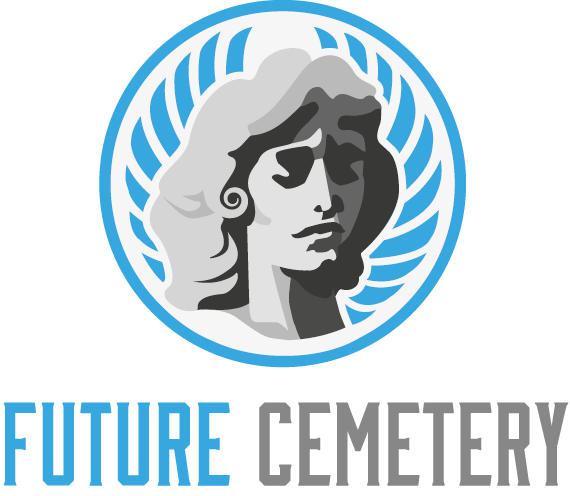Cemetery Design is the process of creating a design for cemetery land use. This could be as simple as laying out a master plan or designing new sections of the cemetery.
Good cemetery design adds value. Burial plots near park-like areas, views or other amenities command premium prices. This also allows you to expand your cemetery without having to buy more land.
Landscaping
Saying goodbye to a loved one is difficult, and the cemetery should be an environment that comforts and supports grieving. Cemetery design that creatively combines architecture with nature promotes tranquility and encourages contemplation. Grassy lawns, flowering trees, and winding pathways create an inviting atmosphere that provides a sense of peace for visitors.
Cemetery design can also incorporate historic and cultural elements into its architecture. These may take the form of adapted traditional architectural styles, materials, or construction techniques. This is an important aspect of a cemetery’s design, as it demonstrates the respect for a culture’s heritage and history.
Cemetery landscape design is an ongoing process, and should be carefully mapped to ensure proper functionality. Well-planned landscaping allows for cleaner mowing lines, lower maintenance, and improved aesthetics. In addition, the selection of plantings must be considered based on climate, soil conditions, and flow. Decorative fences, water features, and signage should be positioned to compliment the overall layout.
Signage
Effective signage allows visitors to find their way around your cemetery, reducing confusion and making them feel more comfortable during their visit. Directional signs help people locate specific gravesites and sections, while monument and memorial signage share key information about your facility or historical details. Outdoor LED Displays can also be used to communicate service schedules and announcements discreetly and clearly.
Circulation is a fundamental aspect of architectural design, influencing efficiency, safety, and accessibility, as well as the psychological impact of spaces on visitors. Cemeteries are often large and open, with many different types of spaces that must be considered when creating an effective circulation plan.
Light is a powerful design tool that can transform the ambiance of spaces and create an emotional connection for visitors. Using natural lighting to highlight textures, highlight features, and create shadowing effects is an important element of cemetery design. Incorporating biomimetic principles into your design can also create spaces that evoke comfort and relaxation in visitors.
Drainage
A cemetery’s drainage aspects are crucial to the overall design. This includes water runoff, grading, and erosion control. Ideally, these areas are designed to maximize natural drainage and prevent water runoff into the aquifer.
The soils in a cemetery have good porosity and hydraulic conductivity, which allows the absorption of contaminants from decomposing bodies. This prevents the waste from reaching the aquifer. The impact of the cemetery on groundwater has been studied extensively in Australia (Knight, Dent, Forbes), Brazil, and South Africa (Croukamp, et al.).
A cemetery is often a difficult space to navigate. It can be hard to locate family members and communicate with them regarding funeral arrangements. This makes re-use of graves challenging. However, some communities have begun to take steps to address this issue. For example, one cemetery has developed a modular grave system that allows for the re-use of existing plots. This will reduce the cost of re-purchasing land and allow for more burials in less space.
Master Plan
Having an Architect or Design firm who can take the time to develop a cemetery master plan is essential for its success. This is a crucial step in ensuring the cemetery will serve its intended purpose, while meeting the needs of families and visitors.
Cemetery design must reflect the changing cultural attitudes towards death. For instance, there is a trend towards minimalism and environmental sustainability, leading to the development of green burials that reduce chemical waste. This type of funeral is becoming increasingly popular, and it can help preserve the environment and honor the dead.
Using landscape features can help make the cemetery more interesting and appealing to the public. This includes creating ponds, carillon towers, and other elements that will add to the overall experience. Moreover, the cemetery should be accessible to people with disabilities. This can be accomplished by adding sidewalks and wheelchair-accessible paths throughout the property. In addition, the cemetery should be well-lit and have ample parking.
